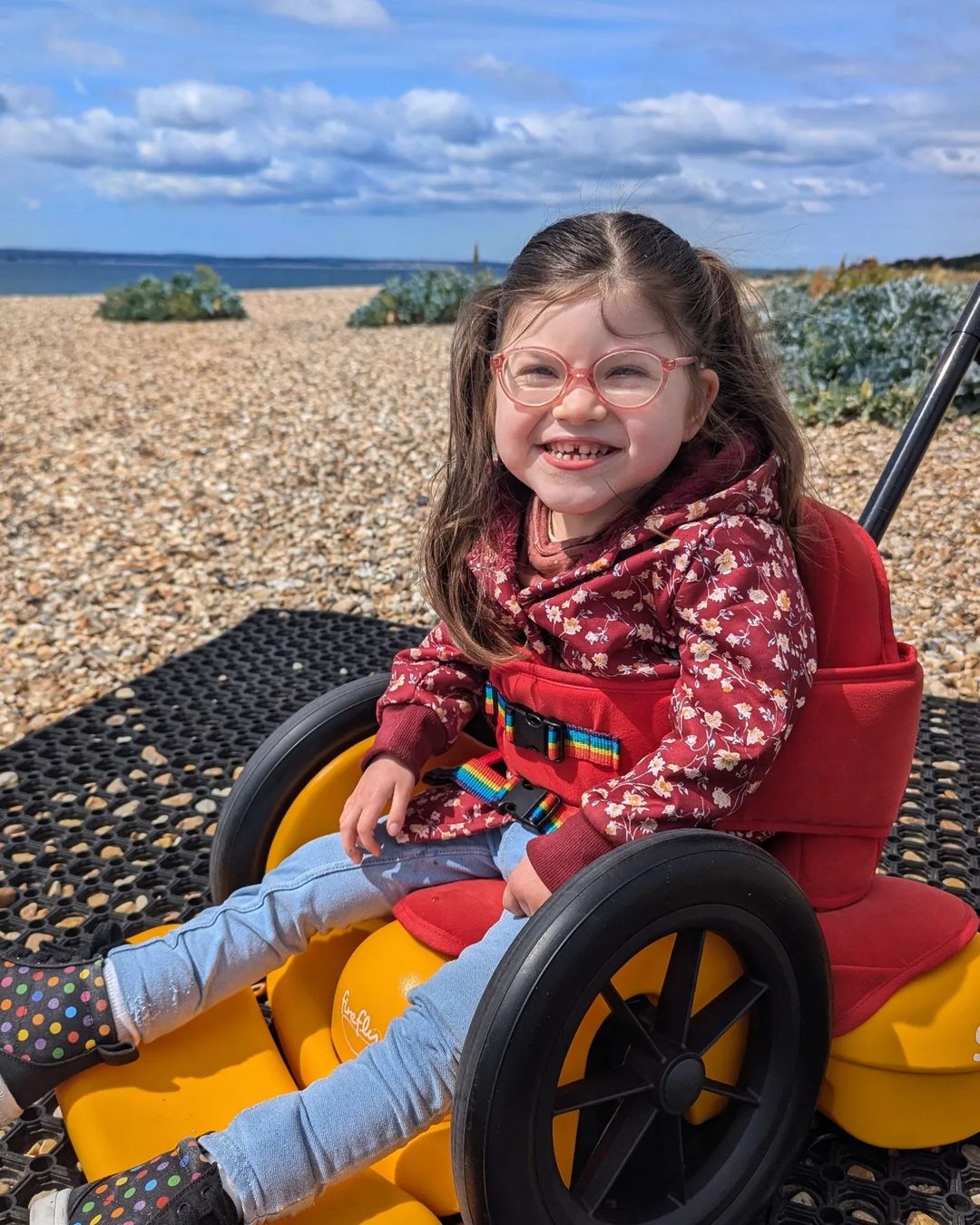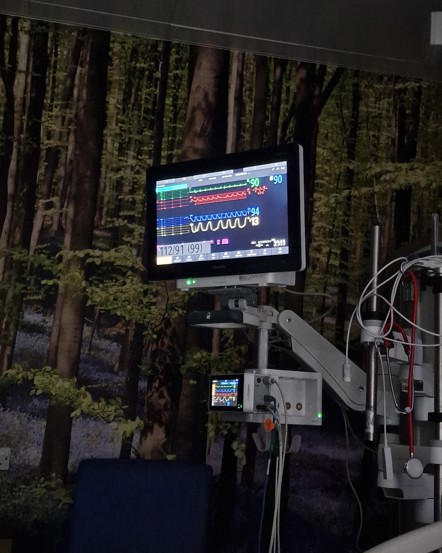Developing Early Wheelchair Skills

Dr Laura Finney - ClinSci, PhD, MSc, BEng Group Clinical Research Director

Transitioning from a stroller to a self-propelling wheelchair is a significant milestone in a child's journey towards independence. As therapists, we play a crucial role in facilitating this transition, ensuring that children not only adapt to using a wheelchair but thrive in doing so.
Developing wheelchair skills early is paramount, as it sets the foundation for mobility, independence, and confidence. By introducing essential skills and exercises early on, we can make this transition smoother and more empowering for our young clients.
Why Early Wheelchair Skills Matter
1. Physical Development: Learning wheelchair skills promotes physical strength, coordination, and endurance. It encourages the use of muscles that are vital for pushing and manoeuvring the wheelchair, contributing to overall physical health and fitness.
2. Independence and Confidence: Mastering wheelchair skills early helps children feel more in control of their environment. It fosters a sense of independence, allowing them to navigate their surroundings confidently, reducing the reliance on caregivers.
3. Cognitive and Motor Skills: Engaging in wheelchair skills training aids in developing cognitive and motor skills. Children learn spatial awareness, problem-solving, and hand-eye coordination, which are essential for everyday activities.
4. Social Integration: Proficient wheelchair skills enable children to participate more fully in social activities, play with peers, and engage in school settings. This can improve their social skills, self-esteem, and overall quality of life.
Tips for Learning Wheelchair Skills
To effectively prepare children for using a self-propelling wheelchair, therapists can incorporate specific exercises that enhance bilateral coordination, strength, and control. Here are some practical tips and exercises to consider:
1. Symmetrical Bi-Lateral Coordination Exercises
These exercises involve using both hands simultaneously to perform the same action. They are foundational for developing the strength and coordination needed to push a wheelchair forward or backward.
• Drumming: Use hand drums or even a table surface to encourage rhythmic drumming with both hands. Start with simple beats and gradually increase complexity as the child becomes learns to copy and follow.
• Clapping Games: Engage in clapping games that require the child to clap their hands together in response to a rhythm. This can be both fun and effective in promoting coordination.
•Pushing a Rolling Pin: Have the child practice pushing a rolling pin or a similar object back and forth using both hands. This mimics the forward and backward motion required to propel a wheelchair, building the necessary strength and muscle memory.
2. Bi-Manual Coordination Skills
These activities require both hands to work on the same task but move in different directions, which is critical for manoeuvring and steering the wheelchair.
•Dancing and Marching: Encourage dancing or marching activities that involve arm movements. For example, raising one arm while lowering the other or swinging arms in opposite directions ‘the grand Ole Duke of York’ is good for this. This helps children learn to control movements independently and simultaneously.
•Steering a Ride-On Toy: Introduce a ride-on toy that requires steering with both hands. This activity simulates the forward/backward movement needed to propel a wheelchair and can help children learn to turn left and right smoothly.
• Play with Steering Wheels: If available, use a toy steering wheel to practice turning motions. Although a slightly different action, this can help develop useful wrist and arm movements.
Building Up to Complex Skills
As a mum as well as a clinician, I know that using resistance bands or weights to increase complexity, holds no interest for kids, so keep their engagement with any song or game that captivates their attention and pull in brothers and sisters, aunts and uncles in to help motivate.
• Progressive Resistance: Start with simpler exercises that focus on basic coordination and gradually introduce more complex tasks that require increased strength.
• Obstacle Courses: Set up small obstacle courses where children can practice navigating around objects. This can be done with a ride-on toy, being helped to get started, and later in their wheelchair, to simulate real-world environments.
• Consistent Practice: Help parents to incorporate regular, short practice sessions into daily routines rather than use their energy on infrequent, longer ones.
Conclusion
Early development of wheelchair skills is a vital step towards ensuring children’s independence, confidence, and overall well-being.
A great way to learn early wheelchair skills in a safe, inclusive environment is with the Scooot, a 4-in-1 mobility rider designed to help children with special needs play, explore, and participate in ways that suit their own abilities. Scooot enables children to be down on the floor with their peers, learning invaluable skills through play. Learn more about Scooot at https://firefly.sunrisemedical.com/uk/en/our-products/scooot/
By prioritizing these techniques in your therapeutic approach, you will not only be enhancing their physical abilities but also empowering children with the confidence and independence they need to navigate the world on their own terms.


